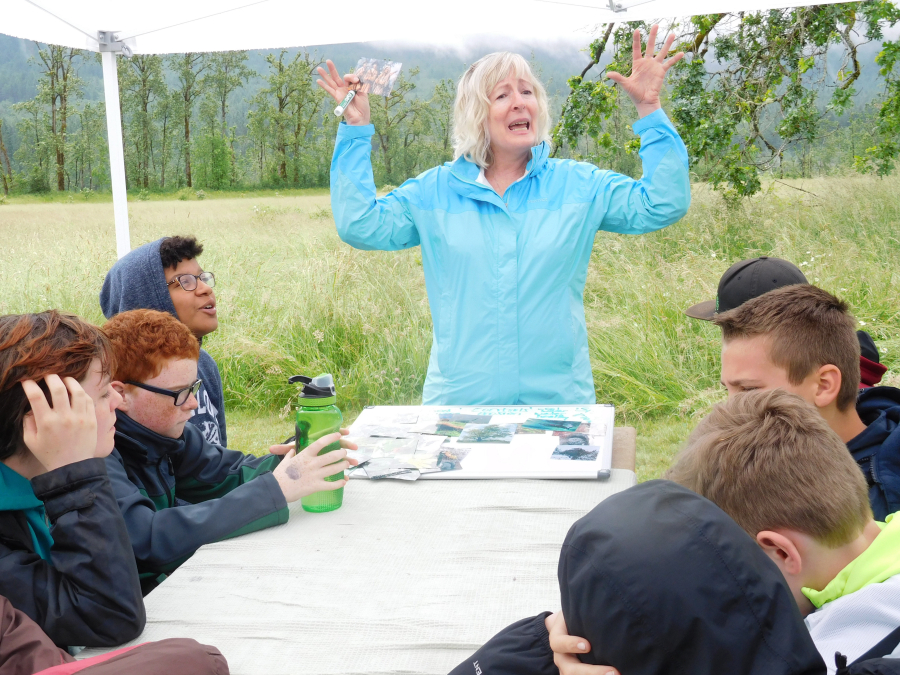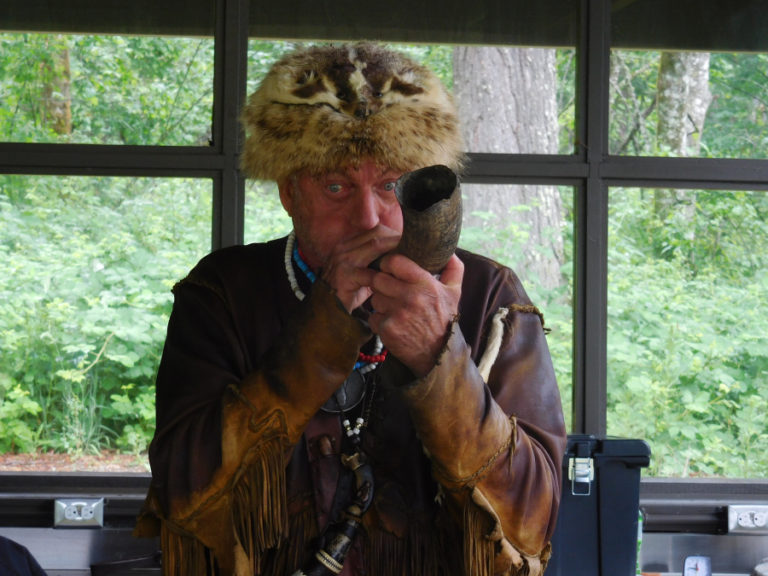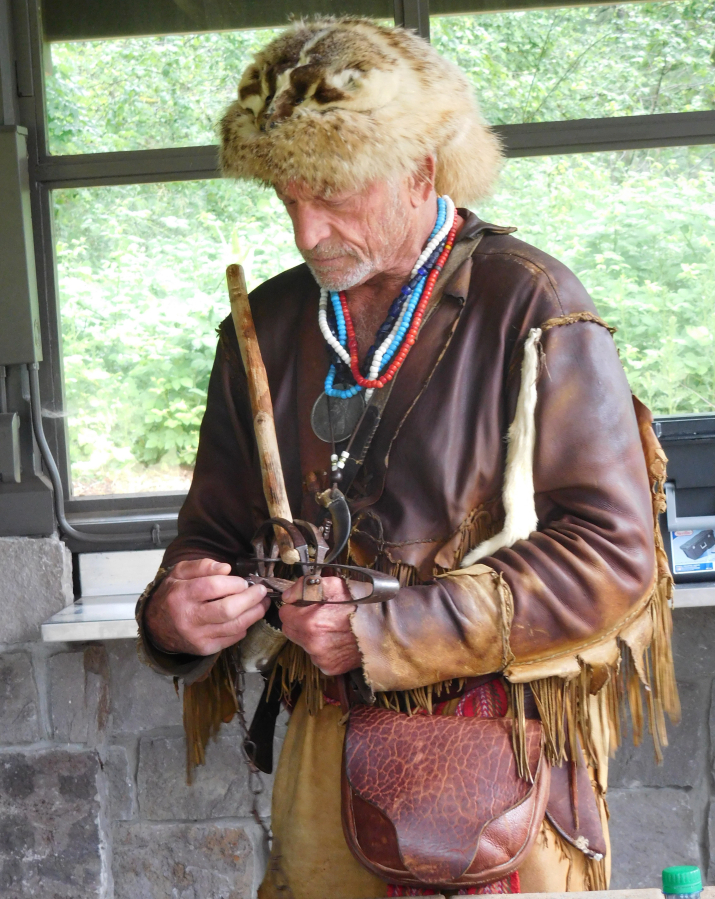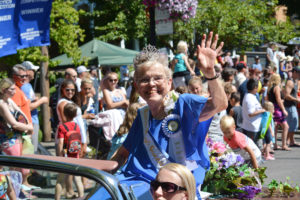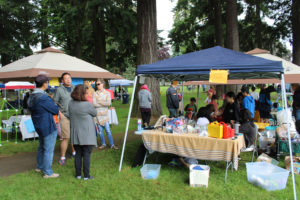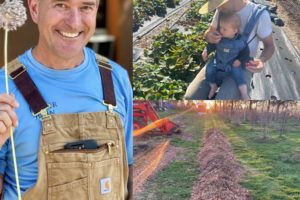Listening to conversations during sixth-grade outdoor school can be both entertaining and interesting.
There is the usual silliness and giggling about bodily functions, and some fidgeting during informational presentations, but overall, the kids and adults have smiles on their faces.
This is the 10th year Friends of the Columbia Gorge have hosted the Vic Clausen Youth Education Program, which gets sixth-graders from Canyon Creek and Jemtegaard Middle schools out of their chairs and into nature.
“Having the kids outside and engaged in nature is the most beneficial aspect of this,” notes Kate Lindberg, site coordinator. “Kids in Oregon still get a full week of outdoor school, but there is nothing in the budget here. The Gorge is so close to where the kids live, abut many have not been to these places.”
The Friends sponsor the entire Explore the Gorge trip, find experts to work with students and put the activities together. The Camas-Washougal Community Chest also helps fund the $8,000 program. The only requirement schools have is to provide a printed field guide for students.
Before budget cuts, students went to Cispus Learning Center in Randall, Washington, for overnight field trips. After cuts to the state education budget — and before this new education program — students didn’t have those types of opportunities. In fact, prior to the current partnership with the Friends group, Washougal area students’ outdoor school experience was limited to school grounds.

